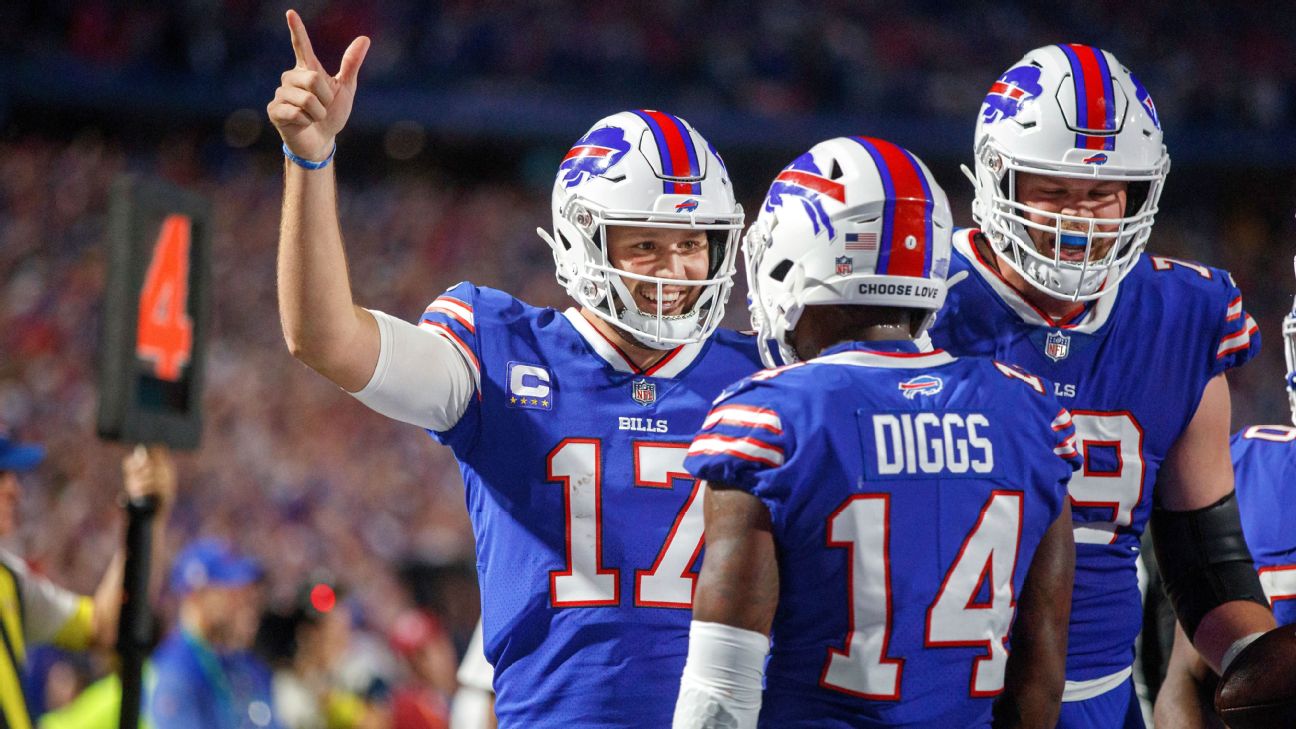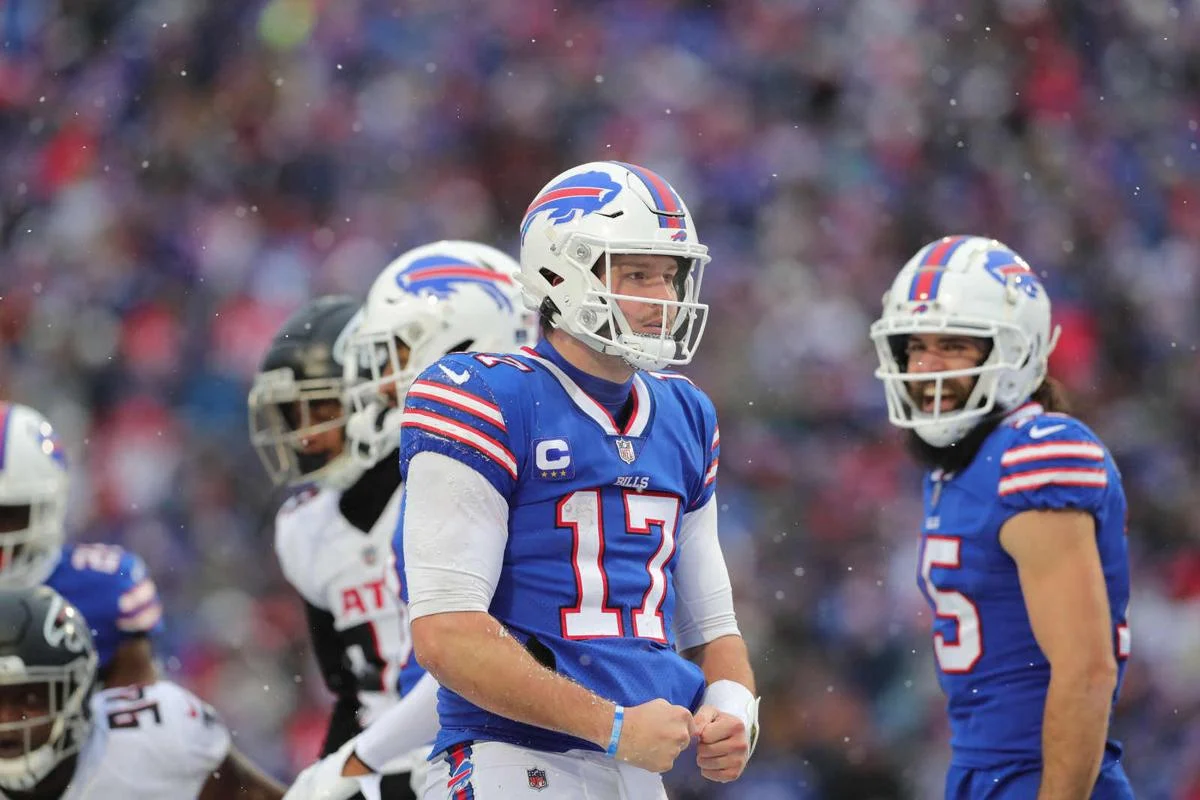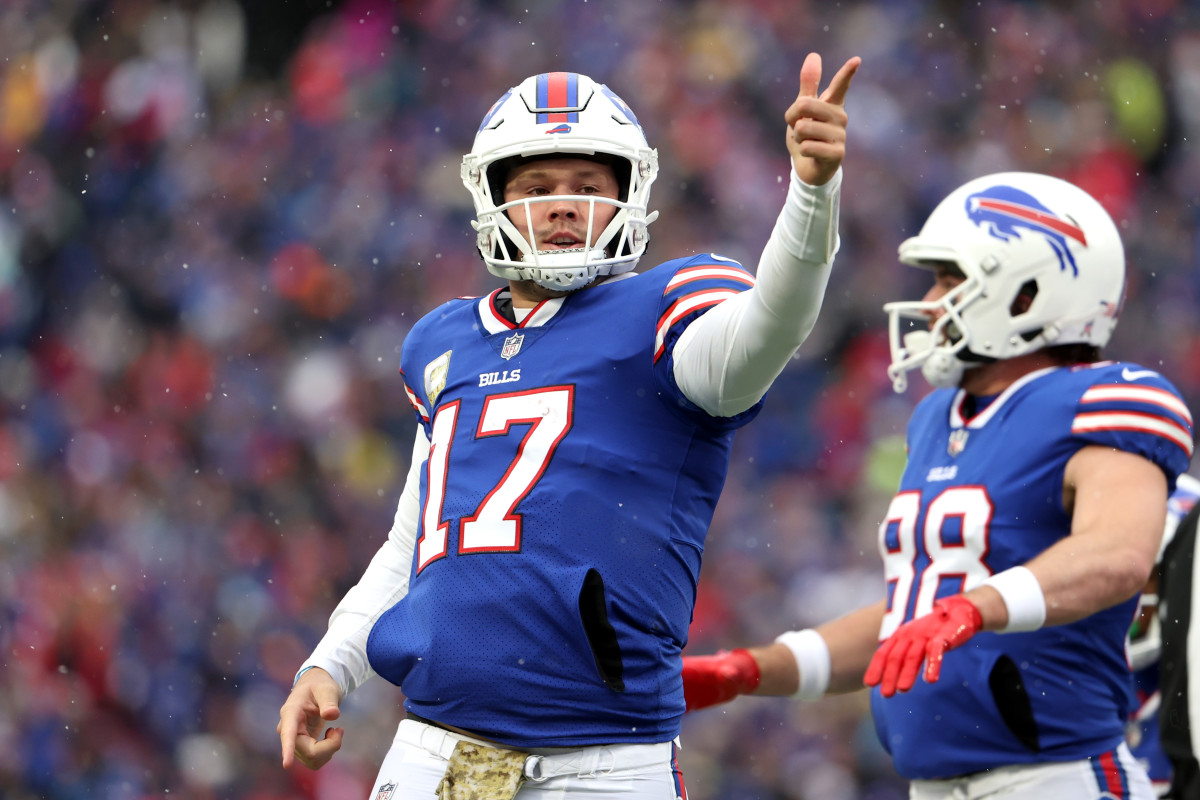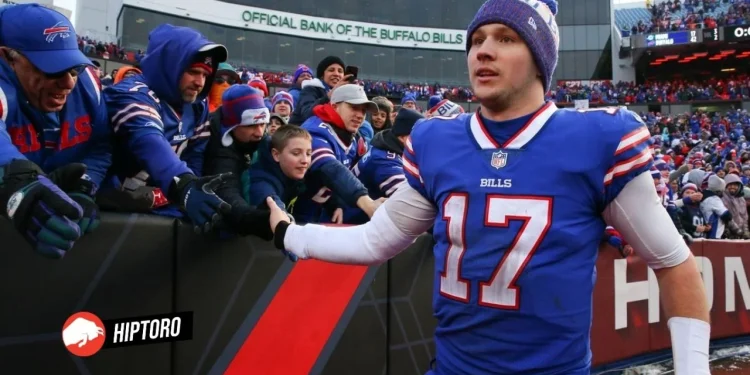The Buffalo Bills made a bold and unexpected move this offseason that sent shockwaves through the NFL, trading star wide receiver Stefon Diggs to the Houston Texans. This decision has sparked intense discussion among fans and experts alike, as Diggs has been a cornerstone of the Bills’ offensive strategy, playing a pivotal role in quarterback Josh Allen’s development into a franchise leader. With Diggs’ departure, the Bills’ landscape is irrevocably changed, opening up a plethora of questions regarding their future direction and strategies.

The Dynamics Of The Stefon Diggs Trade
The trade sends Diggs to the Texans in exchange for a 2025 second-round pick, with the Bills also relinquishing a 2025 fifth-round pick and a 2024 sixth-round pick to Houston. This move is significant for several reasons, not least of which is its impact on the Buffalo Bills’ salary cap, adding nearly $4 million to Diggs’ already hefty cap hit of nearly $28 million. The timing of the trade, coming well after the initial free agency flurry and following the departure of last year’s No. 2 wideout, Gabe Davis, to Jacksonville, adds another layer of complexity to the decision.
Don't go to Buffalo bills @XavierWorthy. All he will do is run the ball when you're wide open and waste your talent. pic.twitter.com/dXjbi6Sc9I
— Keith mcclendon (@KeithMcclendo55) April 6, 2024
General Manager Brandon Beane and the Bills’ front office have faced scrutiny over the timing and the returns of this trade, considering Diggs’ instrumental role in the team’s offensive successes. However, a closer examination reveals a multifaceted strategy aimed at maximizing future flexibility and capitalizing on Diggs’ value before potential declines in performance.
Why Now? The Strategic Impetus Behind The Trade
The decision to trade Diggs at this juncture was influenced by several key factors. Firstly, there was a clear intent to leverage Diggs’ high market value, which, despite a stellar first half of the 2023 season, was threatened by less consistent performances and the receiver’s age. At 30, Diggs is at a typical inflection point for NFL players, where natural abilities may start to wane.

Moreover, the trade opens up significant cap space for the Bills, who, prior to the deal, had maneuvered themselves into a position of relative flexibility with approximately $6 or $7 million in cap space.
This maneuverability was further enhanced by the anticipated post-June 1 boost from Tre’Davious White’s designation, which would significantly alleviate the cap burden. The strategic clearance of Diggs from the Bills’ 2025 cap space, coupled with the acquisition of what they anticipate to be a high second-round pick, underlines a forward-looking strategy that aims to sustain competitive success.
Reconfiguring The Offense: Life After Stefon Diggs Departure
In the wake of Diggs’ departure, the Buffalo Bills face the immediate challenge of reassembling a competitive receiving corps. Currently, Curtis Samuel, Khalil Shakir, and Mack Hollins are positioned as the top receivers, with roles and responsibilities yet to be fully defined. This setup underscores a pressing need for the Bills to bolster their receiving options, a priority likely to be addressed in the upcoming draft.

The 2023 draft class’s strength in wide receivers presents a silver lining for the Bills, who are now in a position to make significant moves to secure a high-caliber receiver to fill the void left by Diggs. Names like Marvin Harrison Jr., Malik Nabers, Rome Odunze, and Brian Thomas Jr. have emerged as potential targets, indicating the Bills’ ambition to remain contenders in the 2024 season despite the current transition phase.
A Calculated Gamble For Long-Term Gain
While the trade of Stefon Diggs certainly dims the immediate outlook for the Bills’ offensive firepower, it embodies a calculated risk designed to secure the team’s long-term viability and competitiveness. By prioritizing cap health and draft capital, the Bills have positioned themselves to navigate the uncertainties of the NFL with agility and strategic foresight.
As the Bills march into a new era without one of their most dynamic and influential players, the focus shifts to how they will adapt and evolve. The coming seasons will reveal whether this bold strategy will pay dividends, as the Bills aim to balance short-term competitiveness with long-term sustainability.
In a league where fortunes can change with a single play, the Bills have made a clear statement of intent, looking to write the next chapter of their storied franchise with a blend of prudence, audacity, and an eye firmly on the future.

Source- Theathletic.com









